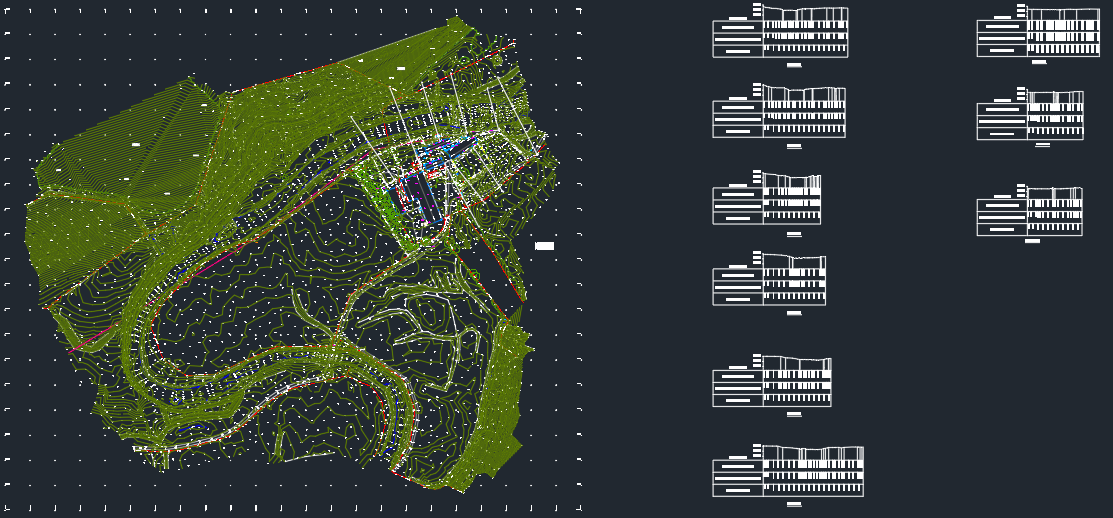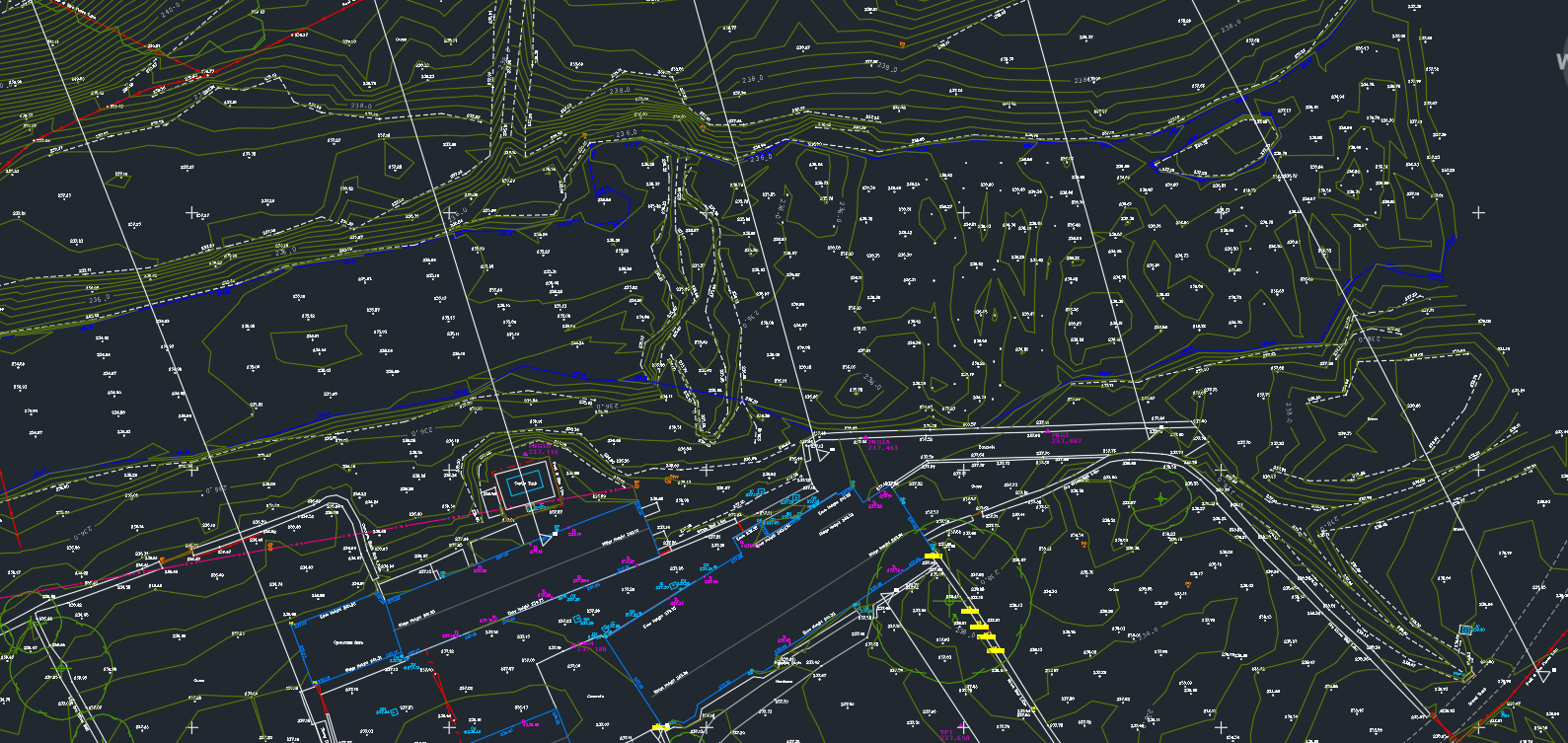
Topographic Survey in Brampton - Cumbria
Topographic Survey for Flood risk Assessment
This particular survey project was for a large scale topographic survey in Cumbria to aid in the design of flood defense features around a number of rural farm buildings adjacent to the River Irthing in the Brampton area of Cumbria. The survey was commissioned by a a rural architectural practice working alongside a flood risk analyst to determine site levels and any impacts flooding may have on the farm buildings and the surrounding land.
With climate change becoming more of a global concern than ever, not only the UK but the whole world will be forced into using innovative new ways to minimize the risk of flooding in areas with compromising elevations.
We produced a highly detailed topographic survey alongside a number of River Sections spanning just over 1km of river bank, water levels, bed levels and any other features within the river itself. All of the information was delivered in AutoCAD DWG format including PDF files for each element of the survey.
Flood Risk Assessment
Flood risk assessments and the analysts that conduct them commonly use topographic surveys to aid the process, changes in site levels and features of the land all effect the outcomes and conclusions of these assessments, the area surveyed has no history of major flooding, however the ever increasing risk from climate change has prompted this for the planning stages. The river cross sections were completed in 50m intervals by our team of surveyors to give a good understanding in the changes in bed levels and embankments along the stretch.
Safety was the main concern on this project as it can be dangerous carrying out surveys of this nature due to the undulating land and uneven river surfaces beneath the water. We had a team of surveyors on this project equipped with buoyancy aids and a safety line while completing any of the survey work near the river itself, the survey was planned ahead of time and in late summer 2022, we completed the survey when the river levels were low to further aid the collection of data and to ensure the safety of our staff.



